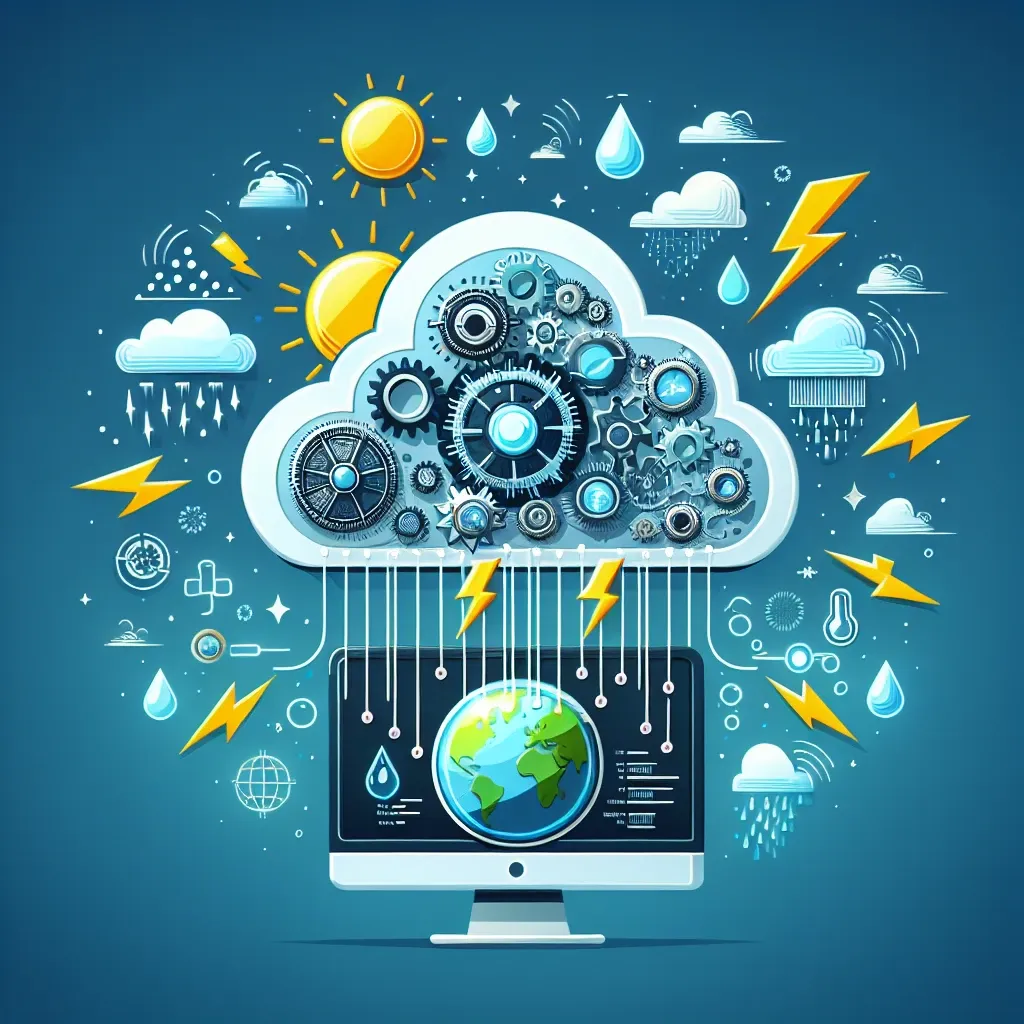Introduction to Machine Learning in Meteorology
The integration of machine learning (ML) into weather prediction and climate science has revolutionized how we understand and forecast environmental patterns. This sophisticated technology has become an indispensable tool for meteorologists and climate scientists, enabling more accurate predictions and deeper insights into complex atmospheric phenomena.
The Evolution of Weather Forecasting
Traditional weather forecasting relied heavily on physical models and historical data analysis. However, with the advent of machine learning, the field has undergone a dramatic transformation. Modern forecasting systems now combine classical meteorological principles with advanced ML algorithms to deliver unprecedented accuracy in weather predictions.
Key Applications of Machine Learning in Weather Prediction
- Pattern recognition in atmospheric data
- Precipitation forecasting
- Extreme weather event prediction
- Temperature modeling
- Wind pattern analysis
Machine Learning Algorithms in Climate Science
Climate science has embraced various machine learning techniques to analyze and interpret vast amounts of environmental data. These algorithms help scientists understand long-term climate trends and make more accurate predictions about future climate scenarios.
Popular ML Techniques in Climate Science
- Deep Learning Networks: Used for processing complex climate patterns
- Random Forests: Employed in analyzing multiple climate variables
- Neural Networks: Applied to predict climate change impacts
- Support Vector Machines: Used for climate classification
Improving Forecast Accuracy
Machine learning has significantly improved the accuracy of weather forecasts. By analyzing historical weather data and current atmospheric conditions, ML models can predict weather patterns with greater precision than ever before.
Benefits of ML in Weather Forecasting
- Enhanced prediction accuracy
- Faster processing of meteorological data
- Better identification of severe weather patterns
- More detailed local weather forecasts
- Improved long-range predictions
Climate Change Analysis and Prediction
Machine learning plays a crucial role in understanding and predicting climate change patterns. These technologies help scientists analyze vast datasets of historical climate information and project future scenarios with greater accuracy.
Applications in Climate Change Research
- Analysis of greenhouse gas emissions
- Sea level rise predictions
- Arctic ice melting patterns
- Global temperature trend analysis
- Ecosystem impact assessment
Real-time Weather Monitoring and Analysis
Modern weather monitoring systems utilize ML algorithms to process data from various sources in real-time, including satellites, weather stations, and atmospheric sensors. This enables immediate weather updates and rapid response to changing conditions.
Components of ML-based Weather Monitoring
- Satellite data analysis
- Ground station information processing
- Atmospheric pressure monitoring
- Temperature pattern recognition
- Precipitation tracking
Future Prospects and Challenges
The future of machine learning in weather prediction and climate science looks promising, with continuous advancements in technology and methodology. However, several challenges need to be addressed for optimal implementation.
Emerging Trends
- Integration of quantum computing
- Enhanced AI algorithms
- Improved data collection methods
- Advanced visualization techniques
- Better model accuracy
Current Challenges
- Data quality and consistency
- Computing power requirements
- Model validation complexity
- Integration with existing systems
- Training data limitations
Impact on Society and Economy
The implementation of machine learning in weather prediction and climate science has far-reaching implications for various sectors of society and the economy. Better forecasting capabilities help in disaster preparedness, agricultural planning, and resource management.
Societal Benefits
- Improved disaster preparedness
- Better agricultural planning
- Enhanced transportation safety
- More efficient energy management
- Better public safety measures
Conclusion
Machine learning has become an integral part of modern weather prediction and climate science. As technology continues to advance, we can expect even more accurate and detailed forecasts, better understanding of climate patterns, and improved ability to prepare for and respond to weather-related challenges. The continued development and implementation of ML technologies in this field will be crucial for addressing future environmental challenges and improving our ability to predict and respond to weather and climate phenomena.
